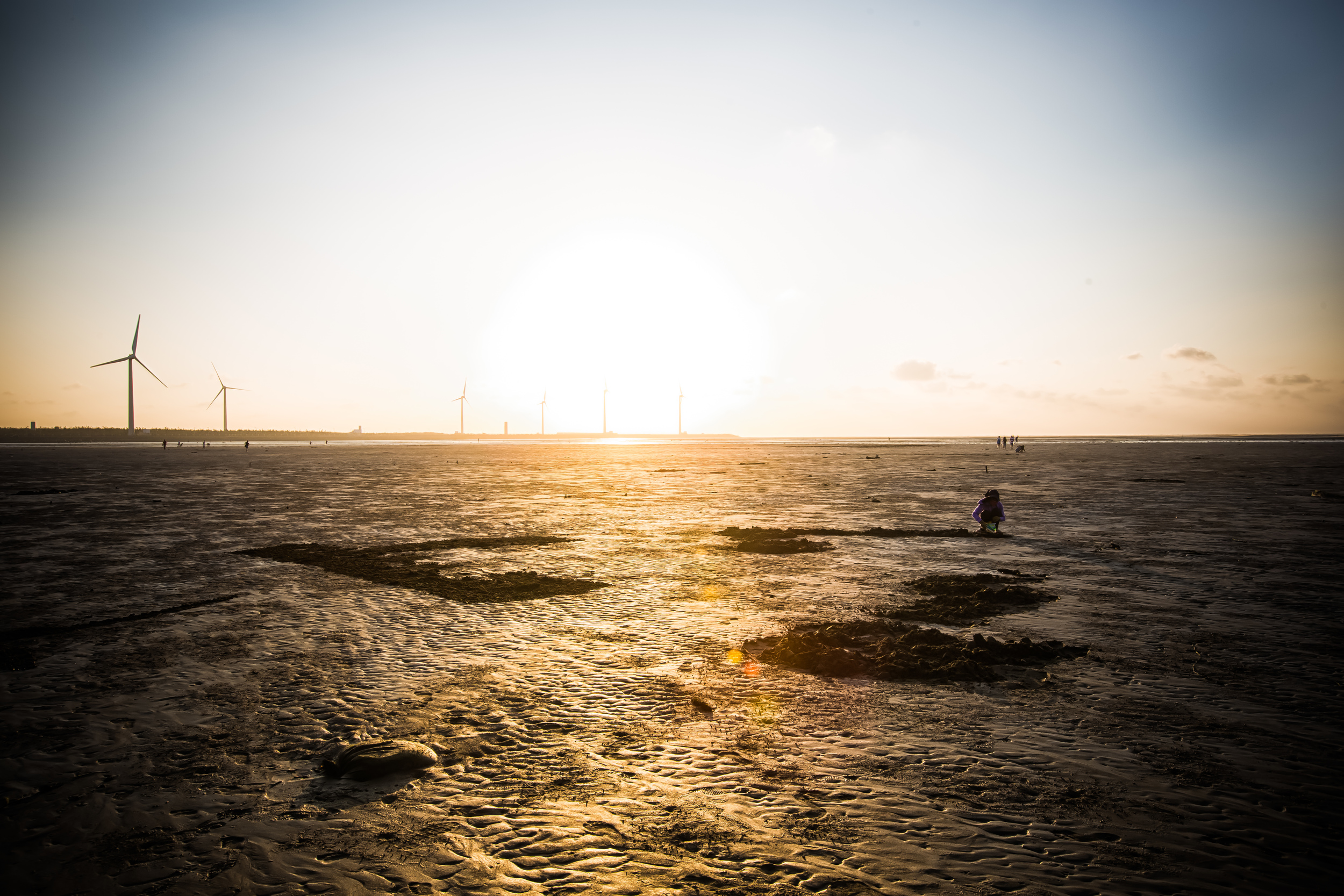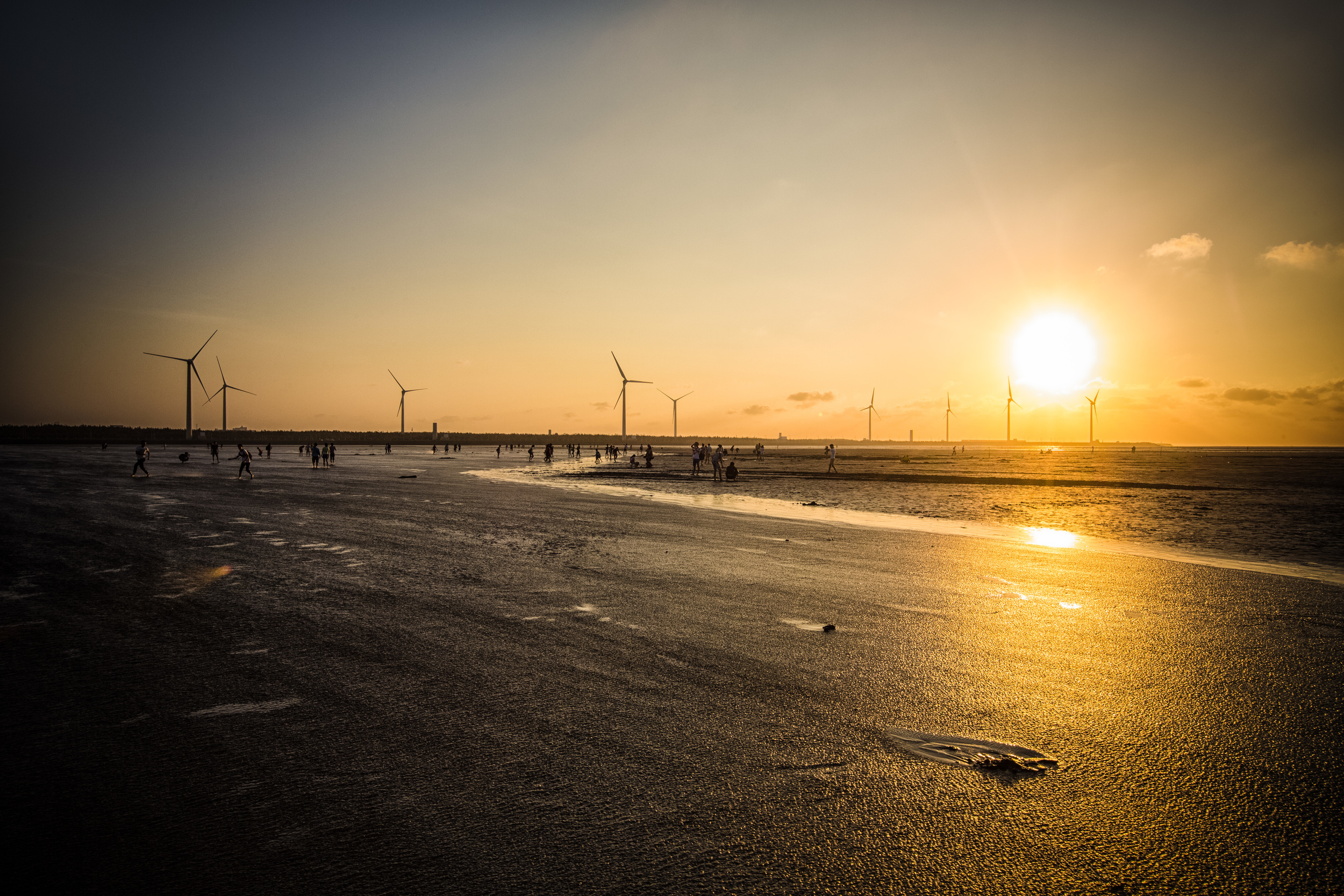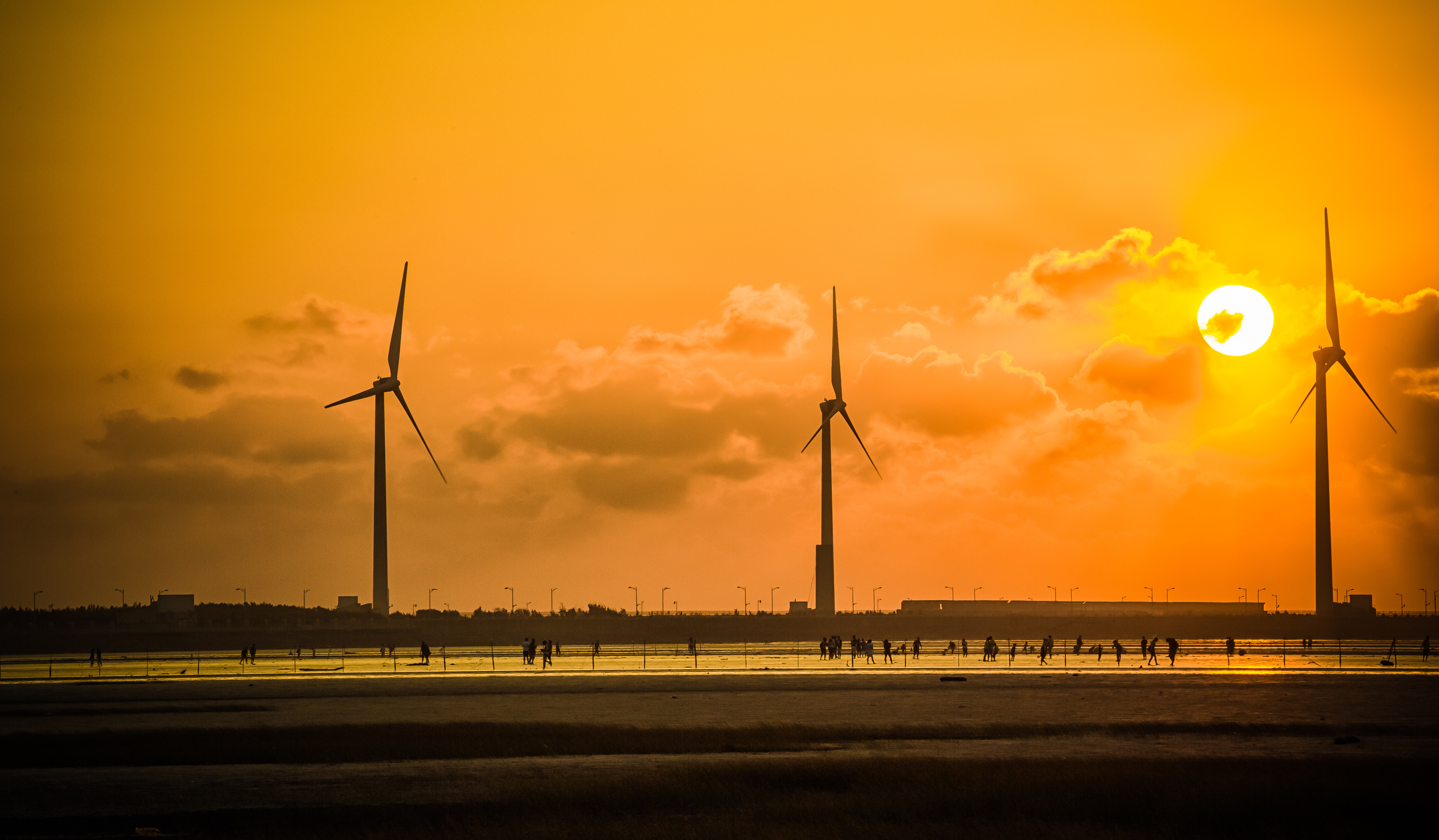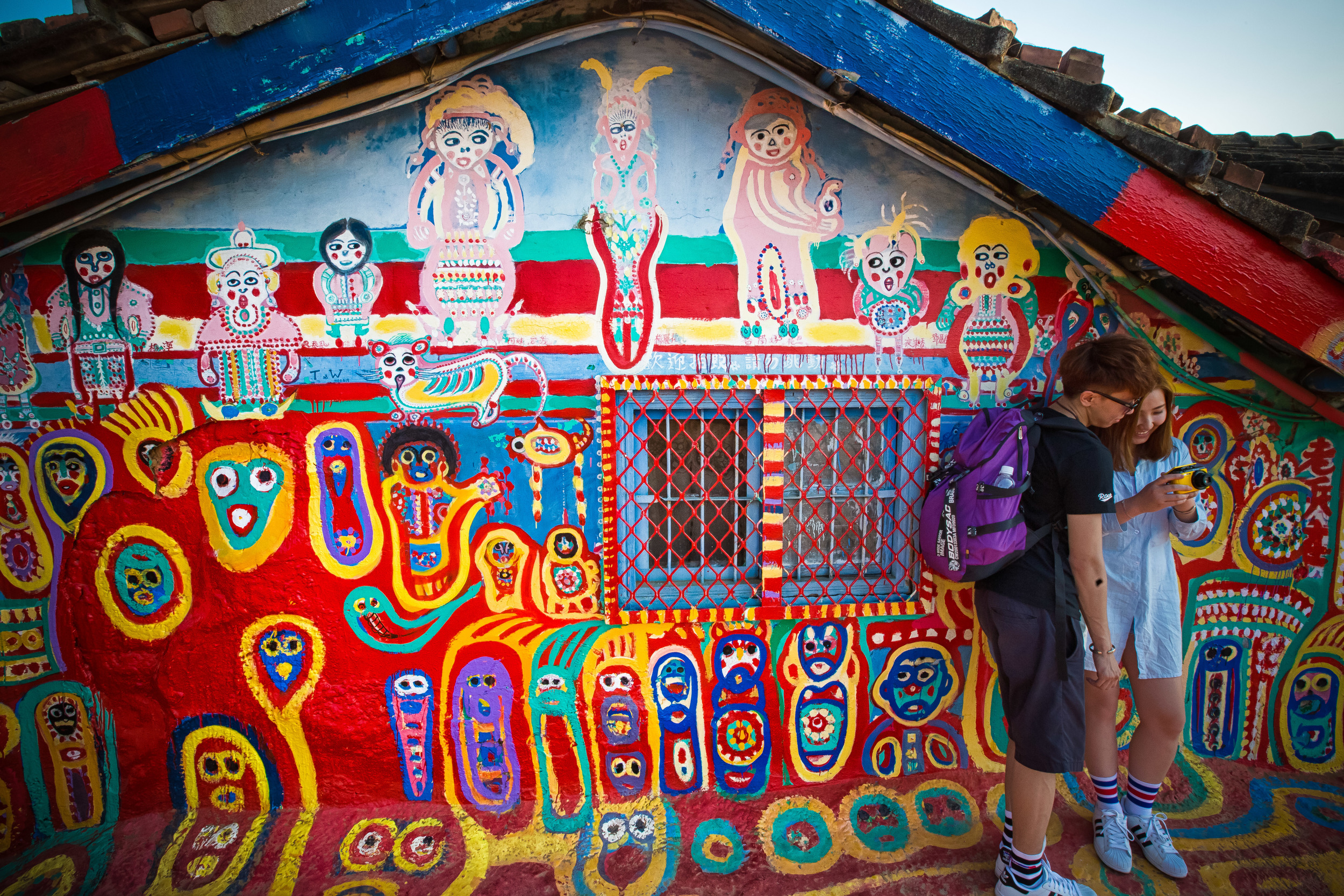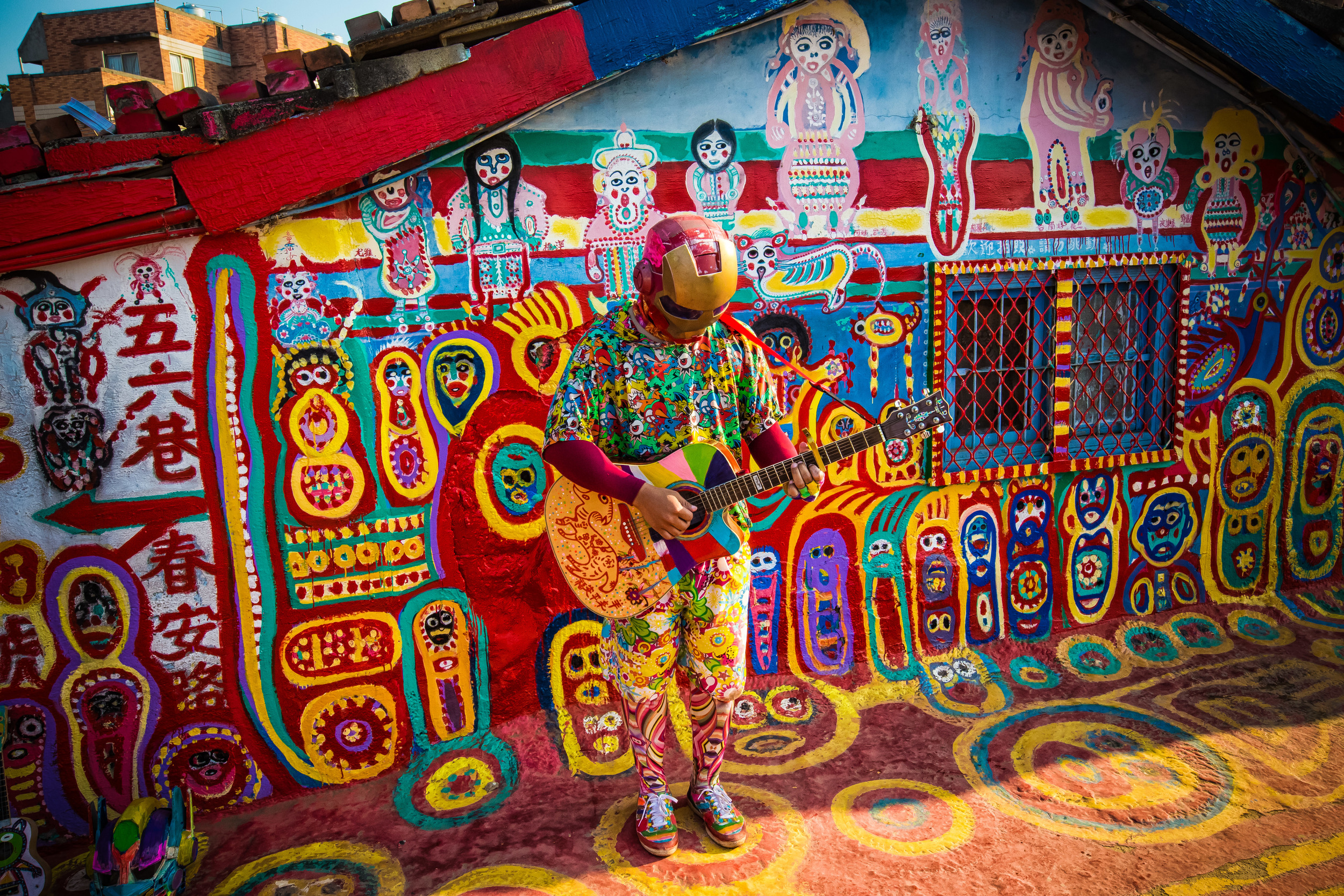I have wanted to visit the Gaomei Wetlands (高美濕地) for quite some time and it just so happened that on my way back from my recent trip to Nantou that I had a chance to stop in and check it out just before sunset.
The problem was that I was completely unprepared and without a tripod and filters for my lenses, there was no way that I was going to get the photos that I’ve always wanted to get there. The wetlands are really beautiful and are really interesting for landscape photographers which is one of the reasons why I've always wanted to visit.
Not having the proper gear didn’t really deter me though - I think its better sometimes to familiarize myself with a place and visit more than once so I know how to get what I want and what gear I need to bring with me to achieve those goals.
To that effect I only planned to take a few shots of the beautiful sunset and share it with people. I’ll visit the wetlands again and go into better detail about them then, but I will give a brief introduction to the wetlands right now for people who don't know what they are.
The Gaomei Wetlands are an over 300 hectare protected plot of land along the western coast of Taiwan in the Qingshui (清水) area of Taichung. They are a small part of the much larger Dadu Estuary Wildlife Habitat (大肚溪口野生動物保護區.) The wetlands have a special mix of mud and sand that make it possible for diverse biological habitats of fish, crabs, birds and invertebrates (animals not poiticians).
The biological diversity and beautiful landscape are what makes the Gaomei wetlands popular with tourists and photographers alike. Tourists can walk down the boardwalk and soak their feet in the water or play on the sand while photographers spend a lot of their time shooting the landscape or using long telephoto lenses to shoot the birds which inhabit the area and feed on the crabs and other culinary delicacies that the wetlands have to offer.
Part of Gaomei’s landscape includes the massive wind turbines that provide renewable energy to the people of Taiwan. During my most recent visit I noticed that a few of the turbines weren’t working, only to find out later that six of the eighteen turbines were destroyed by Typhoon Souledor and had not yet been repaired.
Some people consider these turbines to be annoying and an eyesore ruining the beauty of natural landscapes like this, but I happen to like them and I'm never really bothered when they're around. It is easy to get shots of the wetlands however without the turbines crowding up your shot.
If you plan on visiting Gaomei, be sure to remember to wear sandals (so you can get in the water) and wear a windbreaker as it can be incredibly windy near the coast. If you're a photographer like me, remember a tripod and some natural density filters to get yourself some good shots!
I'll visit the wetlands again sometime this summer and when I do go, I'll go prepared meaning that the shots will be a lot better than what I'm sharing today! I hope you like what you see anyway.

